10 International Celebrations & Festivals You Need On Your Bucket List!
Written By: Michael Kunik | Updated: January 3, 2025
Written By: Michael Kunik
Updated: January 3, 2025

One of the great things about teaching English abroad is that teachers live in close proximity to hundreds of regional/international festivals and cultural events that would be difficult and expensive to experience while living in their home countries.
Here are 10 of the best cultural events to experience around the world in 2025 (note: dates will change year-to-year for some events)!
1. Carnival of Venice

📍Venice,Italy
🗓️ Feb 14, 2025 – Mar 4, 2025
If I told you that I was going to Carnival this year, what country would you assume I’m headed to? You probably think I’m going down to Brazil. The truth is Carnival festivals happen across Europe and the Americas, ushering out winter and welcoming spring as well as the Season of Lent. The Carnival of Venice, Italy is second to none and in fact, Carnival's roots can be found here as well. Venice provides a romantic, old-world, and at times spooky backdrop for festival goers adorned in traditional Venetian masks.
To learn more about Carnival Celebrations around the World, check out:
2. Songkran Festival
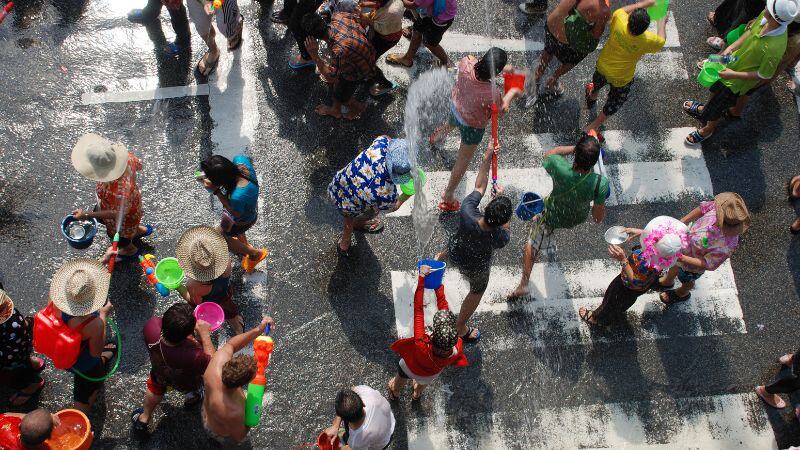
📍Thailand
🗓️ Apr 13, 2025 – Tue, Apr 15, 2025
Songkran festival, marking the traditional Thai New Year, takes place across the country. In addition to sightseeing at local temples, people flood the streets (literally and figuratively) to take part in massive water fights. The throwing of water is a sign of respect and well-wishing, as believers hope to rinse away bad luck.
Bangkok and Chiang Mai host some of the largest Songkran gatherings, but those who want to go off the beaten path to celebrate the arrival of the new solar year.
Read more: Celebrating Songkran - The Thai New Year & the Thailand Country Profile to learn more about teaching English in Thailand.
3. Fes Festival of World Sacred Music
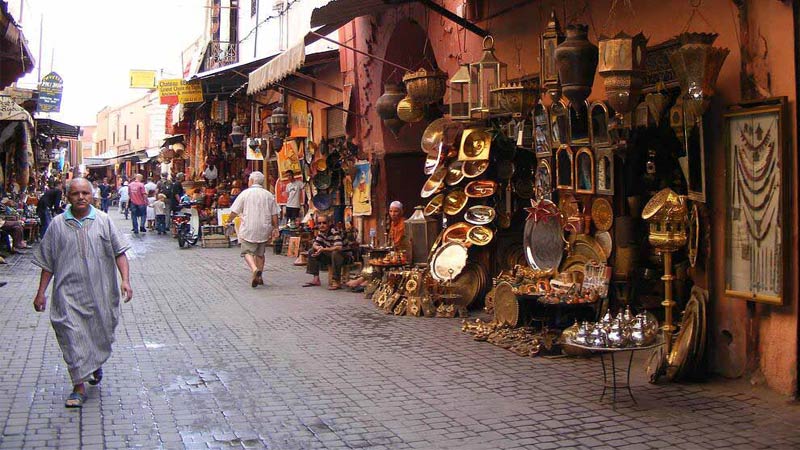
📍Fes, Morocco
🗓️ May 22-May 31, 2025
Fes, with its labyrinthine lanes, medieval medina, snake charmers and sexy, modern riads (small hotels), is worth a visit on its own, but this 20-year-old festival adds an atmosphere of ancient caravanserais where travelers crossed paths on their stopovers. In this case, the Fes Festival of World Sacred Music (Fès des Musiques Sacrées) is a crossroads for the creative seekers of the world.
The week-long festival is full of choices that will satisfy anyone with an appetite for knowledge, art and spirituality. Every evening, the palace courtyard of the 14th-century Bab Makina is filled with a sold-out crowd who gather to catch headliners who have included the legendary Ravi Shankar, Malian superstar Salif Keita, and even Björk.
Want to learn more about teaching English in Morocco? Check out the Morocco Country Profile!
4. Snow Star Festival
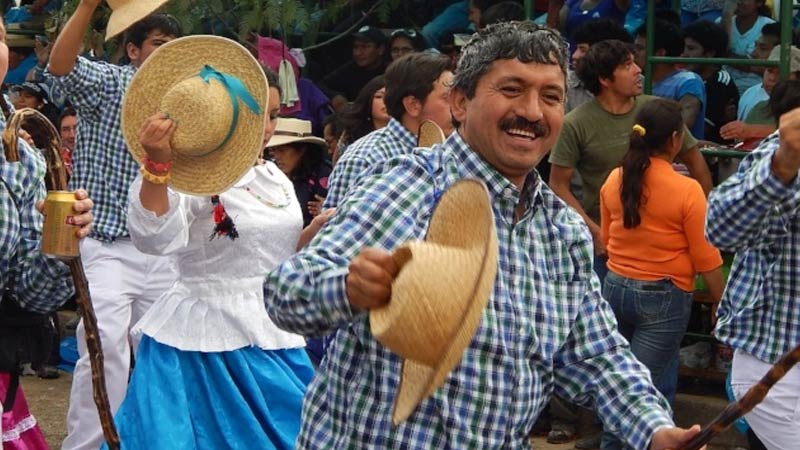
📍Sinakara Valley, Peru
🗓️ June 15–18, 2025
Tens of thousands of pilgrims crowd the Sinakara Andean valley in the Cusco region with dancers in multi-layered skirts and musicians with drums and flutes performing non-stop over three days. The native melodies resound throughout a snow-capped mountain range long adored by the Quechua people. Known as the Snow Star festival, the gathering is held every year and draws as many as 100,000 people to the Quispicanchis province in Peru's Cuzco region. It also coincides with the reappearance of the star cluster Pleiades in the Southern Hemisphere, signaling the abundance of the harvest season.
Not many tourists attend Qoyllur Rit'I, mostly due to the fact that reaching the festival grounds requires a grueling hike to an elevation just above 15,000 feet, the temperature can be quite cold, and most non-Peruvians are oblivious to the festival’s existence. Make no mistake, this is not for the weak, but adventurous who make this pilgrimage are likely to never have such a physically and spiritually uplifting experience again.
5. Sant Jordi
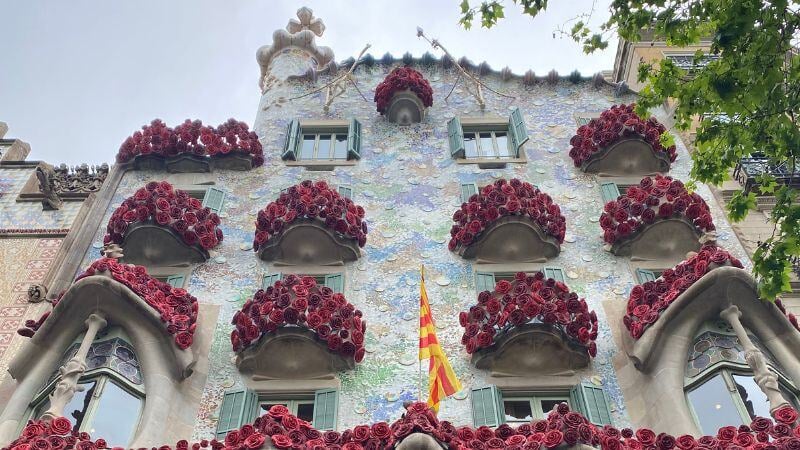
📍Barcelona, Spain
🗓️ April 23, 2025
One of the most original traditions in Catalonia, which dates back to the 15th century, takes place in the spring and began as a way to celebrate its patron, Saint George. Then, in 1920, thanks to the writer Vicent Clavel i André from Valencia, he proposed hosting a festival to promote books written in Catalan. Starting the tradition of associating Sant Jordi with books.
This initiative breathed new life into the celebration, which we now recognize as combining World Book Day and Valentine's Day, celebrating culture and love. According to tradition, men receive books while women receive roses, but friends and family also participate by exchanging both books and roses. You'll find streets such as La Rambla, Paseo de Gracia, Paseo de Sant Joan, and Passeig de Gracia adorned with flower stalls and books of all genres. You might even have the chance to meet your favorite Catalan authors!
Learn more about our teach and study visa program in Barcelona!
6. Exit Festival
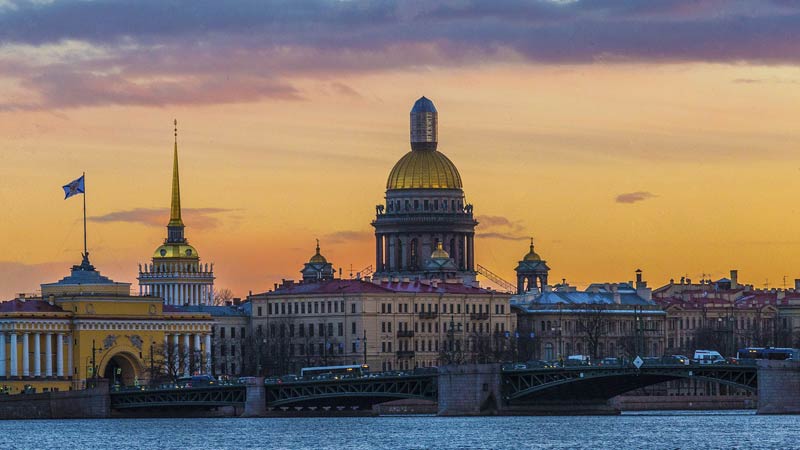
📍Novi Sad, Serbia
🗓️ July 10-13, 2025
EXIT Festival is a multi-genre music festival in Novi Sad, Serbia. Hugely respected throughout Europe and across the globe, the festival has become a regular on 'best in the world' lists. Known for its hugely diverse and eclectic lineups, EXIT consistently welcomes global stars of rock, pop, dance, hip-hop and more to the stunning Petrovaradin Fortress on the banks of the Danube.
With music running all through the night on more than ten stages, there really is something for everyone. 2017's festival will mark 50 years since the famous Summer of Love in 1967, when the revolutionary hippie movement began. Since then it has gone on to shape the world through fighting for peace, freedom of speech and human rights, as well as social, racial and gender equality.
7. Boryeong Mud Festival
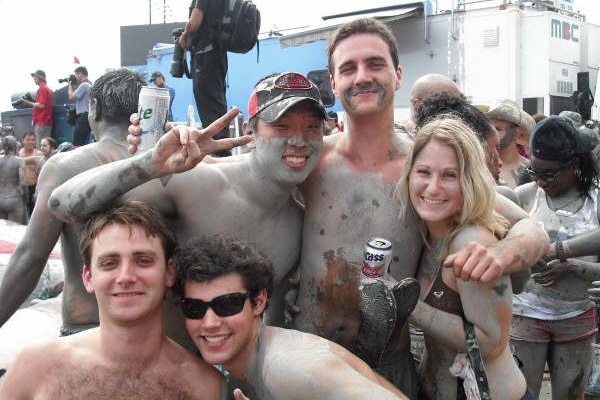
📍Boryeong,South Korea
🗓️ July 25th - August 10, 2025
Drawing over 3 million people annually, the Boryeong Mud Festival is arguable South Korea’s most popular summer event. Mud taken from the Boryeong mud flats, 200km south of Seoul, South Korea, and driven over to the Daecheon beach area, is turned into a Mud wonderland. The festival was originally conceived in 1998 as a marketing tool for Boryeong mud cosmetics and has become an extremely popular past time for visitors and locals in the area.
During “Mudfest” as it is commonly called, this normally serene seaside escape becomes something far different. It begins in the morning, when loads of tourists and locals arrive and head straight to the beach, which will be prepped full of mud. Separate sections are set up and filled with mud slides, mud pits, a mud prison, giant mud baths, a children’s area, mud fountains, and a mud swimming pool. The point is to get as muddy as possible, and everyone is expected to get in on the action. Although the main attraction is, of course, the mud, Boryeong features an impressive entertainment lineup of international performers, as well.
South Korea is one of the most popular & lucrative job markets in the world for teaching English abroad. To learn more, check out the South Korea Country Profile.
8. Fiestas Patrias

📍Chile
🗓️ Thu, Sep 18, 2025 – Fri, Sep 19, 2025
El Dieciocho, as it is also known, marks the beginning of Chilean independence and is celebrated with a mix of gastronomy, culture, and traditions. This multi-day celebration features Fondas set up across Chile, where attendees can enjoy music, dancing, and delicious food.
Make sure to experience the traditional dance of Cueca, which depicts a rooster courting a hen. If you're eager to sample local cuisine, be sure to try dishes like empanadas, anticuchos, and choripán, to name a few. Additionally, don't miss out on the popular alcoholic drink Terremoto (earthquake)! It is made with Pipeño wine, pineapple ice cream, and grenadine. But make sure to drink with caution as its sweetness can be deceiving; if consumed too quickly, you may feel like the ground is shaking beneath you, living up to its name.
9. Diwali (Hindu Festival of Lights)
%20-%20India.jpg)
📍India
🗓️ Oct 20, 2025
Diwali is one of the most important festivals celebrated in India. This festival of lights symbolizes several things, like the triumph of good over evil, hope over despair and so on. Before Diwali, there is a nationwide clean-up at almost everybody’s home, and during the 5-day festival (Diwali itself if officially on October 19 this year), there are numerous rituals that are performed, each unique in its own way. Diwali celebrations differ all over the country. While lighting lamps and bursting crackers form the main part of the festivities, there is much more to this festival.
This festival ties people from almost every religion, caste and community together. While visitors will be able to celebrate this week in just about any corner of India, some cities are more famous than other for this event. The Golden Temple of Amritsar is draped with brightly lit diyas on the Diwali evening making it an extravagant spectacle for the onlookers. Every Diwali in Goa, competitions are held to see who can make the biggest and scariest effigy of the demon Narakasura, in celebration of his defeat. If in Varanasi, make sure you stay at one of the riverside hotels in order to enjoy a fabulous view of the fireworks over the Ganges River. Mumbai may not be one of the most traditional venues to witness Diwali, but it is arguably one of the most spectacular. And if you see yourself celebrating a quiet and peaceful Diwali, the smaller village of Purushwadi is the place to be. Families there light a huge bonfire and cook traditional foods while local children go door to door singing traditional songs.
10. Día De Los Muertos
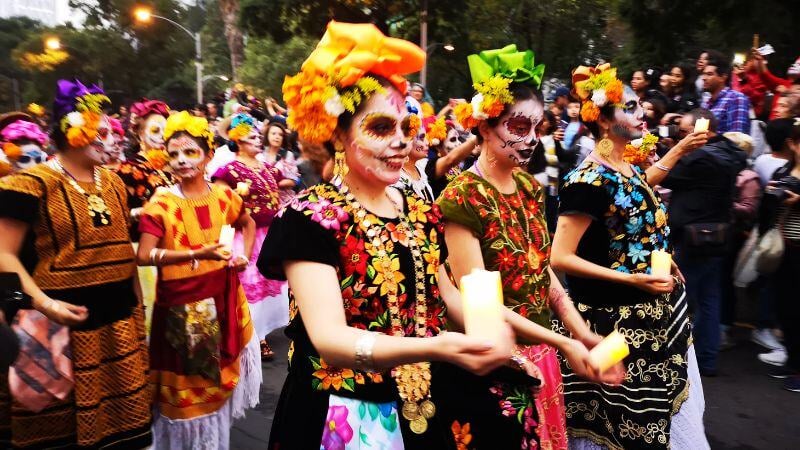
📍Mexico
🗓️ Oct. 31 - Nov. 2 2025
Dia de los Muertos or Day of the Day, is a holiday celebrated throughout the Americas, but is most strongly associated with Mexico, where the tradition originated. It honors the dead with festivals and lively celebrations that may seem spooky on the surface but really are a blast to be a part of. Think Halloween on steroids. Assured that the dead would be insulted by mourning or sadness, this holiday celebrates the lives of the deceased with food, drink, parties, and activities the dead enjoyed in life. On this day, the dead are also a part of the community, awakened from their eternal sleep to share celebrations with their loved ones.
Want to learn more about teaching English in Mexico? Check out the Mexico Country Profile!
The most familiar symbol of Dia de los Muertos may be the calacas and calaveras (skeletons and skulls), which appear everywhere during the holiday: in candied sweets, as parade masks, as dolls. Calacas and calaveras are almost always portrayed as enjoying life, often in fancy clothes and entertaining situations. Altars are usually decorated with flowers, candles, pan de muerto, ceramic skulls, and most importantly pictures of loved ones. Food placed on the altar consists of the loved one’s favorite dishes and treats (including vices like cigarettes or alcohol). Drinks should be placed in the altar to quench the thirst of the dead after their long journey back home.
Posted In: Holidays Abroad, Teach English in Asia, Teach English in Middle East, Teach English in Latin America, Teach English in Europe, Tips for Traveling & Living Abroad
Michael Kunik
A Michigan native, Michael has more than 10 years of experience working in education, both teaching English abroad in Spain and teaching in the Chicago public school system. Michael holds a Master's Degree in Education from DePaul University and is one of ITA's most senior advisors, who has also published numerous articles about various aspects of TEFL. When asked about his experience in Spain, Michael invariably states that after marrying his wife, teaching abroad is the best decision he has ever made.
Want to Learn More About Teaching English Abroad & Online?
Request a free brochure or call 773-634-9900 to speak with an expert advisor about all aspects of TEFL certification and teaching English abroad or online, including the hiring process, salaries, visas, TEFL class options, job placement assistance and more.








